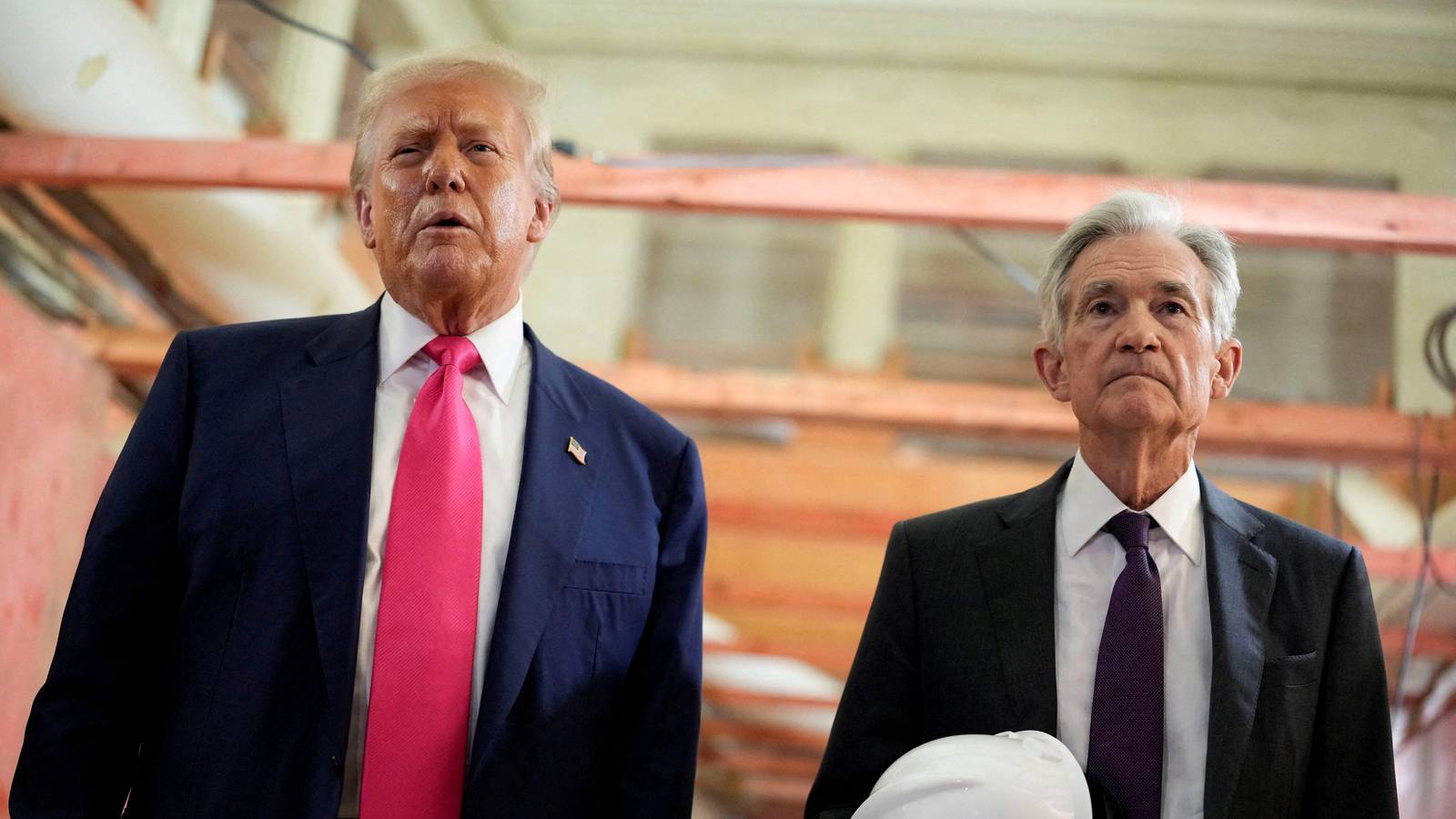Despite mounting political pressure from the White House, the U.S. Federal Reserve is expected to keep its benchmark interest rate unchanged in its latest policy meeting. With inflation still hovering above the 2% target and the job market appearing stable, central bank officials are opting for a cautious approach while closely monitoring future economic indicators.
While some voices within the Fed are pushing for a rate cut, the majority view continues to favor waiting until clearer data emerges on inflation trends, consumer demand, and labor market resilience.
A Measured Response from the Fed
Federal Reserve Chair Jerome Powell has made it clear that the central bank’s decisions will not be swayed by political pressure. Speaking at a recent conference in Europe, Powell emphasized that his focus is on maintaining economic stability through data-driven policy decisions.
Despite calls from political leaders—including direct criticism from President Trump—Powell reiterated the Fed’s independence, stating:
“We do not make decisions based on politics. We’re guided by data and our dual mandate.”
The current federal funds rate, which stands between 4.25% and 4.5%, is expected to remain steady for now. This rate has been unchanged since the last full percentage point cut over a year ago, as the Fed monitors the long-term effects of fiscal policy shifts and global economic headwinds.
For more on how the Fed operates, visit the Board of Governors of the Federal Reserve System.
Inflation Stubborn, But Job Market Strong
Inflation remains one of the Fed’s top concerns. June’s consumer price index showed a 2.7% increase compared to the previous year—exceeding the Fed’s ideal inflation range. Economists warn that new tariffs and supply chain constraints could add more upward pressure in the coming months.
On the employment front, the situation is more stable. The unemployment rate remains low, currently at 4.1%, suggesting a strong labor market. However, some officials argue that headline figures may not fully reflect weakening trends in job creation and workforce participation.
Governor Chris Waller, for instance, has expressed concern that waiting too long to cut rates might expose the economy to unnecessary risks. “We should not wait until the labor market deteriorates before we cut,” he said at a recent event in New York.
You can track key inflation and employment metrics at the U.S. Bureau of Economic Analysis and Bureau of Labor Statistics.
Investors Eye the September Meeting
While the Fed may stay on hold this month, attention is already shifting toward the next scheduled policy meeting in September. Futures traders are increasingly betting on the possibility of a rate cut if inflation shows signs of moderating or if economic growth slows.
The CME FedWatch Tool currently reflects rising expectations of a downward rate adjustment in the coming months.
Meanwhile, political tensions between the administration and the Fed are expected to persist, especially with criticism mounting over the cost of renovating Fed buildings in Washington—another issue leveraged by President Trump to discredit Fed leadership.
Despite these distractions, the Federal Reserve remains focused on its long-term goals: promoting maximum employment and ensuring price stability. Whether or not a rate cut happens in September will depend on upcoming inflation data, job growth reports, and the broader global outlook.
As the Fed walks a tightrope between inflation control and economic support, its steady hand signals a commitment to avoiding overreaction—ensuring policy decisions serve the broader economy, not short-term political agendas.



